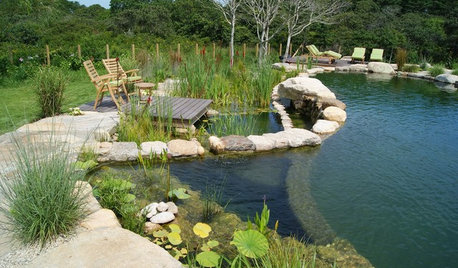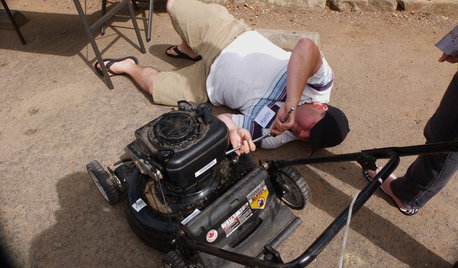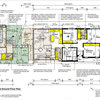Pool heater cycles on and off incessently - how to fix?
nick_shirley
14 years ago
Featured Answer
Comments (15)
poolguynj
14 years agoRelated Professionals
Southfield Landscape Architects & Landscape Designers · Brooklyn Center Landscape Architects & Landscape Designers · White Oak Landscape Architects & Landscape Designers · Galt Landscape Contractors · Lorain Landscape Contractors · Middletown Landscape Contractors · Shoreview Landscape Contractors · Siloam Springs Landscape Contractors · Tyngsboro Landscape Contractors · Lauderdale Lakes Landscape Contractors · Oxon Hill Landscape Contractors · Detroit Decks, Patios & Outdoor Enclosures · Provo Decks, Patios & Outdoor Enclosures · Sugar Land Decks, Patios & Outdoor Enclosures · Woodland Hills Decks, Patios & Outdoor Enclosuresjmcl
14 years agobluepoolboy
14 years agoprettyjazs
14 years agoboatbuilder306
13 years agonick_shirley
13 years agolmichlop
7 years agoHU-733882885
5 years agoAbsolute Pool and Spa services
5 years agoDD
4 years agoPaul Abrilla
3 years agoPaul Abrilla
3 years agoPaul Abrilla
3 years agoColin
last yearlast modified: last year
Related Stories

HOUSEKEEPINGWhat's That Sound? 9 Home Noises and How to Fix Them
Bumps and thumps might be driving you crazy, but they also might mean big trouble. We give you the lowdown and which pro to call for help
Full Story
GREAT HOME PROJECTSHow to Switch to a Tankless Water Heater
New project for a new year: Swap your conventional heater for an energy-saving model — and don’t be fooled by misinformation
Full Story
LIFEYou Showed Us: 20 Nutty Home Fixes
We made the call for your Band-Aid solutions around the house, and you delivered. Here's how you are making what's broken work again
Full Story
LIFEHouzz Call: Show Us Your Nutty Home Fixes
If you've masterminded a solution — silly or ingenious — to a home issue, we want to know
Full Story
SELLING YOUR HOUSEFix It or Not? What to Know When Prepping Your Home for Sale
Find out whether a repair is worth making before you put your house on the market
Full Story
LANDSCAPE DESIGNNatural Swimming Pools: More Beauty, No Chemicals
Keep your skin and the environment healthy with a pool that cleans itself, naturally
Full Story
LANDSCAPE DESIGNSecrets of a Successful Water Garden
Relax. Having a water garden is much easier once you understand the basics
Full Story
EVENTSDon't Throw Away Another Household Item Before Reading This
Repair Cafe events around the world enlist savvy volunteers to fix broken lamps, bicycles, electronics, small appliances, clothing and more
Full Story
SELLING YOUR HOUSE10 Low-Cost Tweaks to Help Your Home Sell
Put these inexpensive but invaluable fixes on your to-do list before you put your home on the market
Full Story
UPHOLSTERYFurniture Clinic: End the Curse of Slouchy Couch Cushions
Prolong the life of your couch with this inexpensive fix that’s so easy, even a beginning sewer can do it
Full StoryMore Discussions








dapooltec